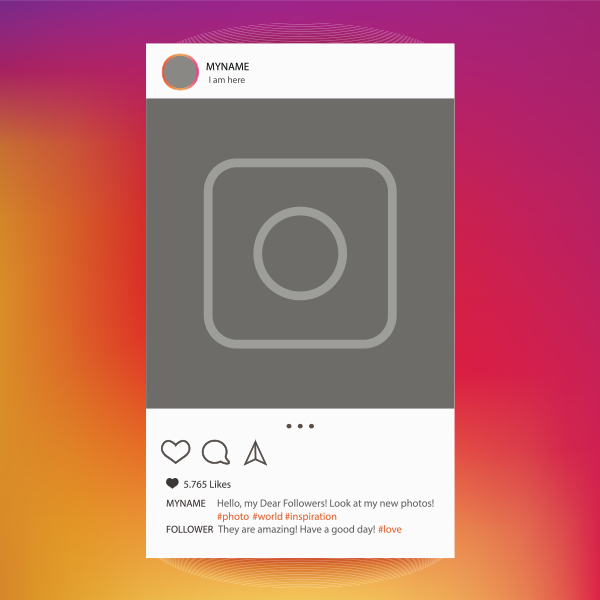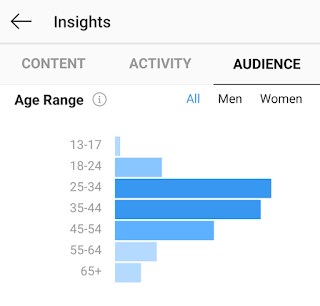
Instagram can be a powerful tool for businesses and entrepreneurs alike.
With so many active users and the extended network to Facebook’s already massive audience, it’s a smart tool to consider for business growth and digital goals. In fact, according to Hootsuite, over one billion people use Instagram monthly.
Like any social media strategy, before you get started it pays to think about your audience and identify your business goals for the platform. Here are some questions consider as you’re getting started.
With so many active users and the extended network to Facebook’s already massive audience, it’s a smart tool to consider for business growth and digital goals. In fact, according to Hootsuite, over one billion people use Instagram monthly.
Like any social media strategy, before you get started it pays to think about your audience and identify your business goals for the platform. Here are some questions consider as you’re getting started.
What are your business goals for Instagram?
Your business goals for your Instagram account might include building your brand, growing followers and creating an online community, engaging with your customers (or potential customers), selling your products or services, managing your company’s reputation, and more.Focus on accomplishing one goal first. Having a primary target to achieve will help with messaging and creating cohesive posts.
Knowing your main goal will also help you to critically review your Instagram account’s performance.
For instance, if your priority is to sell products, but you’re gaining new followers without selling products, you can analyze your posts and their results to figure out what adjustments you might make to help you get closer to achieving your goal of growing sales.
Who is on Instagram?

According to Hootsuite, 71% of Instagram’s users—all around the world—are under thirty-five years old which means targeting your Instagram messaging toward what appeals to a younger audience makes sense. Take a minute to analyze your audience composition after you have 100 followers to get a better idea of the demographics.
For example, this Instagram account audience skews older than big data averages, with plenty of audience member over thirty-five.
By understanding the audience you’re planning to engage on Instagram, you can prepare content and images that will resonate with that audience.
What type of content will you share on Instagram?
Depending on your industry, you may take very different approaches to your Instagram content strategy. It also may depend on what content you have available and how much time you can devote to generating new content.The classic Instagram feed that may come to mind is professional photography in exotic locations, using models and good lighting to showcase products. But, if you don’t have the budget to hire models or professional photographers, this may not be realistic for your strategy.
Other types for popular content include:
- Behind-the-scenes, candid images
- Rough-cut videos
- Professional product photos
- Edited videos and reels
- User-generated photos and videos
How will you track Instagram performance?
Several metrics could indicate how your Instagram profile is performing. Depending on your goals, you might get the best information from Instagram for Business Insights. Toggling to the insights tab within Instagram will show you:- Post views
- Story views
- Promotions views
- When your followers are active (days of the week)
- Reach
- Impressions
- Audience locations
- Age range
- Gender
- Total followers
Additionally, you can pair this data with Google Analytics to see how many visitors to the website were referred by Instagram. If you’re tracking purchases or other conversion goals, you may use other data tracking to determine how many purchases were referred or influenced by Instagram.
With these Instagram basics, you can start to see results and build your Instagram presence as they relate to business goals. Ultimately, any marketing strategy should tie back to tangible goals and prove ROI. The strategy in the world won’t drive results if it isn’t tied to back to your specific goals.
How we can help you get more from your marketing? Let’s talk
You might also like:
